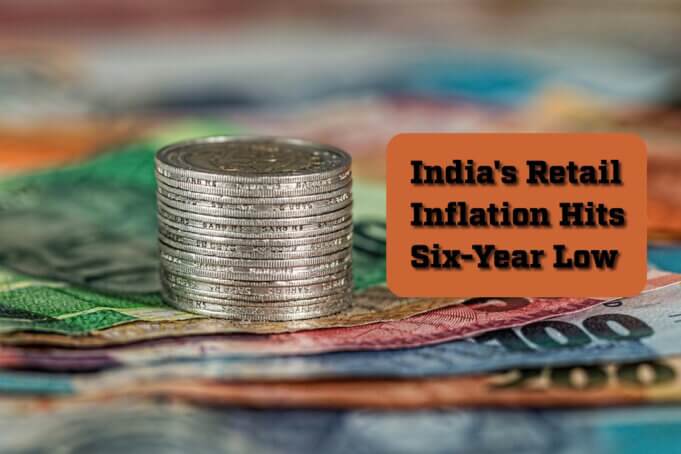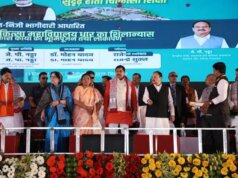Retail inflation in India, as measured by the Consumer Price Index (CPI), eased significantly to 4.6 percent in the fiscal year 2024–25, marking its lowest level since 2018–19. This decline signals the effectiveness of the Reserve Bank of India’s balanced monetary approach, which has successfully supported economic growth while maintaining control over price levels. Particularly, the inflation rate for March 2025 dropped to 3.34 percent on a year-on-year basis, 27 basis points lower than in February 2025, representing the least monthly inflation recorded since August 2019.
The Government of India played an instrumental role in achieving this outcome by implementing a series of policy actions. These included maintaining adequate buffer stocks of key food commodities and releasing them at appropriate intervals in open markets. The retail supply of essentials such as rice, wheat flour, pulses, and onions was subsidised to reduce retail price burdens. Additionally, the reduction in import duties on critical food products, the enforcement of stock limits to curb hoarding, and lower GST rates on daily-use items contributed to easing inflationary pressures. Programmes such as the Pradhan Mantri Ujjwala Yojana and the Pradhan Mantri Garib Kalyan Anna Yojana further offered targeted subsidies on LPG and food grains, helping low-income households manage living costs more effectively.
In March 2025, food inflation based on the Consumer Food Price Index (CFPI) settled at 2.69 percent, marking the lowest level since November 2021. This decline was primarily driven by reductions in inflation across several categories, including vegetables, eggs, pulses and related products, meat and fish, cereals, and milk-based items.
The broader inflationary trend in India has shown a consistent downward trajectory in recent years. Retail inflation reduced from 6.7 percent in 2022–23 to 5.4 percent in 2023–24 and further to 4.6 percent in 2024–25. This pattern indicates the successful coordination between monetary policy, led by the RBI, and government strategies aimed at addressing supply-side limitations and stabilising prices of essential goods. The continued moderation in price levels has alleviated cost-of-living pressures and contributed to a conducive climate for economic growth.
Historically, the country had endured a prolonged phase of high inflation between 2009–10 and 2013–14, when the average annual inflation rate remained in double digits. This period was marked by steep rises in food and fuel prices, which severely impacted household purchasing power and strained consumer spending. Reviewing a broader span, the average inflation between 2004–05 and 2013–14 stood at 8.2 percent, highlighting a decade characterised by significant retail price volatility.
In contrast, the period from 2015–16 to 2024–25 reflects a notable shift in the inflation landscape. The average inflation rate for these ten years declined to 5 percent, suggesting a phase of greater price stability. This transformation is a result of consistent efforts by both the central bank and the government to manage supply chains efficiently, maintain fiscal discipline, and adopt a monetary framework focused on inflation targeting. This shift has provided households and businesses with a more predictable environment, enabling long-term planning and investment.
In sum, the continued decline in retail inflation over the past few years is a significant development in India’s macroeconomic framework. The collaborative measures undertaken by the Government and the Reserve Bank of India—ranging from proactive monetary management to targeted social support—have yielded tangible results in easing price volatility. As inflation reaches its lowest point since FY2018–19, India is better positioned to pursue its developmental priorities within a stable economic environment. This progress not only reflects resilience in the face of global challenges but also demonstrates the country’s capacity to uphold price stability while fostering inclusive growth.
Cover photo: www.pexels.com











